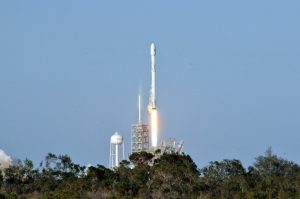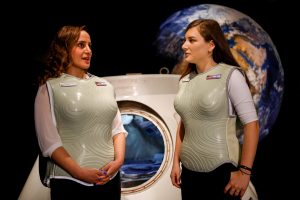I guess the big news in space for this month is NASA’s decision that the Exploratory Mission 1 (EM1) will be unmanned as was originally planned. NASA had been asked by President Trump to consider the possibility of adding a crew to the first launch of the long awaited Space Launch System (SLS) along with the Orion spacecraft.
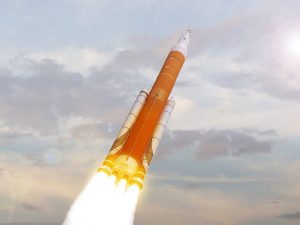
In the end NASA decided to stick to the original mission plan in part because of the added costs in preparing the spacecraft for a crew (Estimated at between 600 and 900 million). Just as importantly however, was NASA’s desire to push the spacecraft to its limits on this first mission, something they did not feel comfortable doing with a live crew. In announcing their decision NASA also stated that the schedule for the EM1 mission will slip into early 2019!
This delay means that the scheduled first manned launch of the SLS/Orion will now take place no earlier that mid 2021 and you can expect that date to slip as well. If you’d like to read NASA’s official announcement click on the link below.
https://www.nasa.gov/feature/nasa-affirms-plan-for-first-mission-of-sls-orion
This decision by NASA means that the return of manned launches to Kennedy Space Center will now undoubtedly be by a commercial space company, either Space X’s Dragon capsule of Boeing’s Starliner. Both of these two companies hope to begin manned missions to the International Space Station (ISS) late next year but you can expect one or both to slip into 2019.
Speaking of Space X just a couple of days ago Elon Musk’s company successfully launched the fourth satellite in the Inmarsat series. Inmarsat is a network of satellites built by Boeing to provide broadband connections for aircraft, ships at sea and mobile land users. This was Space X’s second successful launch in as many weeks but the notable fact about this launch was that Space X did not try to recover the rocket’s first stage! The Inmarsat satellite is so massive that the Falcon 9 rocket needed every bit of fuel to put it into orbit leaving nothing left for a recovery.
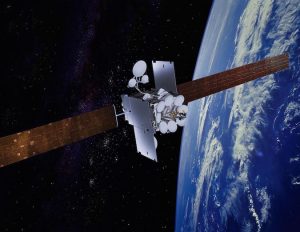
This says something of the sophistication of Space X’s technology that a mission where they do not recover the rocket is newsworthy.
In other news the Cassini spacecraft has continued to send back breathtaking images of the planet Saturn and it’s rings. Nothing really dramatic has happened to Cassini I just love those pictures!
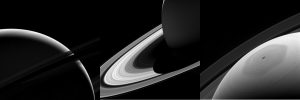
Also there was a bit of amusing news coming from the ISS as astronauts got to enjoy eating some fresh vegetables courtesy of crew member Peggy Whitson. Astronaut Whitson has harvested the first crop of Chinese Cabbage grown in the microgravity of space. This is the fifth vegetable to be grown aboard the ISS and more are planned in the future.
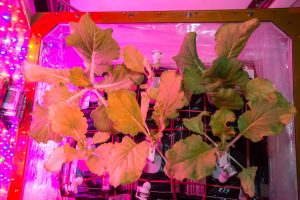
These first attempts at farming in space may just be experiments to see what is and what isn’t possible but in the long run our ability to produce food on the Moon or Mars or wherever will determine if humanity actually has a future in space.

